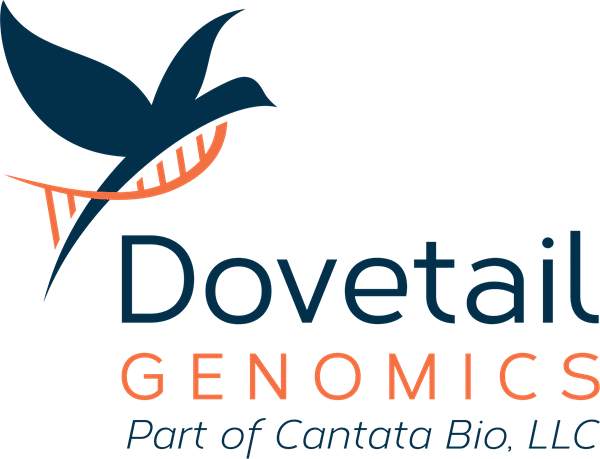Menu
Menu
You might remember white clover as the budding flowers seen around parks and school grounds, often woven into bracelets by children, and scoured for lucky “four leaf” formations. It may blow your mind to learn these ‘charming’ plants are an integral part of agricultural pastures across the world.
To better understand this bigger than St. Patty’s Day plant, researchers have unveiled a haplotype-resolved genome assembly of white clover, shedding light on the complex chromosomal makeup of this allotetraploid (that’s 4 sets of chromosomes from two different species!). This achievement advances our understanding of white clover’s biology, opening new avenues for improved crop resilience and sustainability.
White Clover’s Significance
White clover, a simple ground cover often overlooked, plays a crucial role in sustainable agriculture. This unassuming plant forms a symbiotic relationship with nitrogen-fixing bacteria, infusing the soil with nitrogen and reducing the need for chemical fertilizers. Its adaptability to various climates and its contribution to improving soil health make white clover invaluable as a crop. However, the breeding and genetic improvement of the species has been hindered by its complex allotetraploid genome.

The Genomics Challenge
What is an allotetraploid and how is it formed? At a point in its distant past, white clover inherited four sets of chromosomes, two from each diploid parent, the result of a hybridization event between two distinct species. This makes its genome particularly challenging to assemble due to the multiple copies of chromosomes, increased complexity of repetitive regions, heterozygosity across multiple genomes and higher computational demand. The high genetic diversity within white clover further complicates the sequencing and assembly process. Despite these obstacles, recent breakthroughs in genomic technology using PacBio HiFi and chromosome conformation capture technologies have enabled scientists to combat these challenges and unravel the mysteries of this valuable agricultural species.

White Clover distribution
A New Era in White Clover Genomics
The success of this research effort relied on advanced sequencing technologies, combining PacBio HiFi sequencing with Dovetail® Omni-C® chromosome conformation capture to create a highly accurate, chromosome-level assembly for the white clover genome. This assembly distinguishes between the two sets of chromosomes inherited from each parent species, providing valuable insights into how these genomes interact and influence the plant’s traits. Additionally, the research team produced a functionally annotated haploid mapping assembly, significantly improving the accuracy and completeness of the genome compared to previous versions. With over 78,000 annotated protein-coding genes, this assembly is one of the most comprehensive for any legume species to date.
Why This Matters
This detailed genetic resource is now enabling scientists to link genes to important traits like drought tolerance, disease resistance, and biomass production to accelerate marker-assisted breeding programs. In addition, the identification of structural variants—large sections of the genome that differ between individuals—is helping scientists better understand how genetic diversity within the species contributes to its survival and adaptability in various environments. This newfound knowledge is facilitating the development of novel white clover varieties better adapted to changing environmental conditions.
Looking Ahead
The authors of the study suggest that the release of this haplotype-resolved genome assembly is just the beginning. This study has broader implications for plant biology and evolutionary ecology. By comparing the white clover genome to those of related species, researchers expect to gain novel insights into the evolutionary processes that drive adaptation and speciation in plants. Moreover, the study will also serve as the first step on a path to developing a pangenome reference—a comprehensive catalog of all genetic variation across the species—a resource increasingly recognized as essential for the study of complex genomes.
With climate change happening as I write, the ability to sustainably breed resilient crops is more important than ever. This study represents a significant step forward towards that goal, providing a crucial tool and the knowledge needed to harness the full potential of white clover as a key player in sustainable agriculture.
Reference: https://academic.oup.com/gbe/article/15/8/evad146/7237765
 100 Enterprise Way
100 Enterprise Way